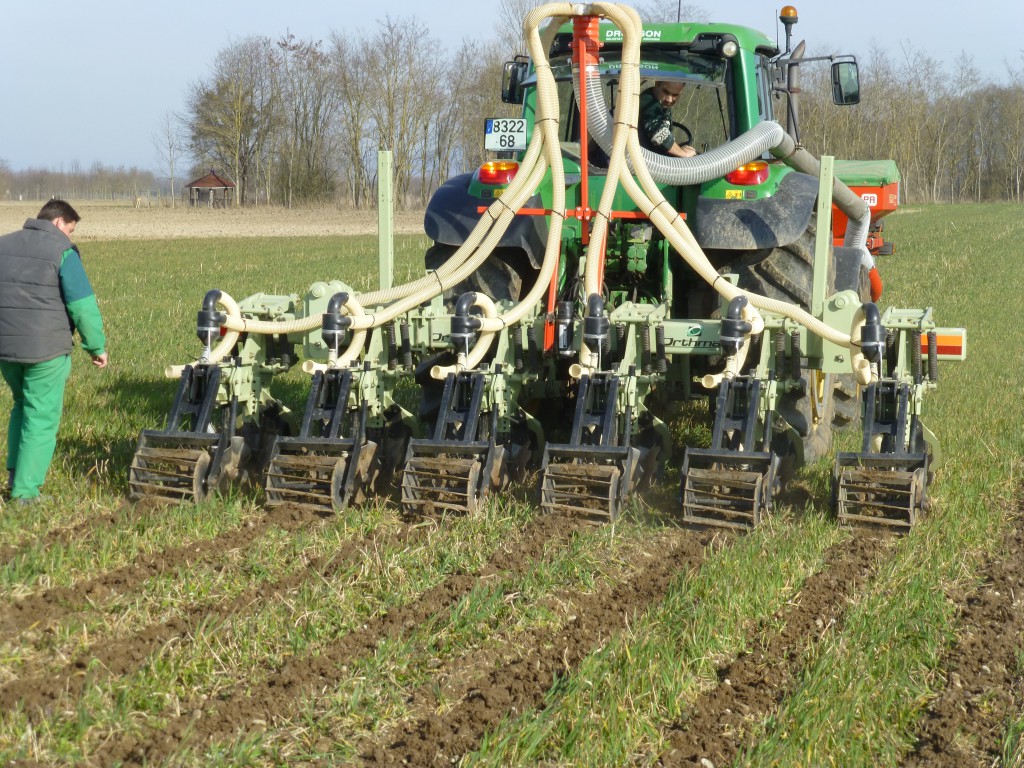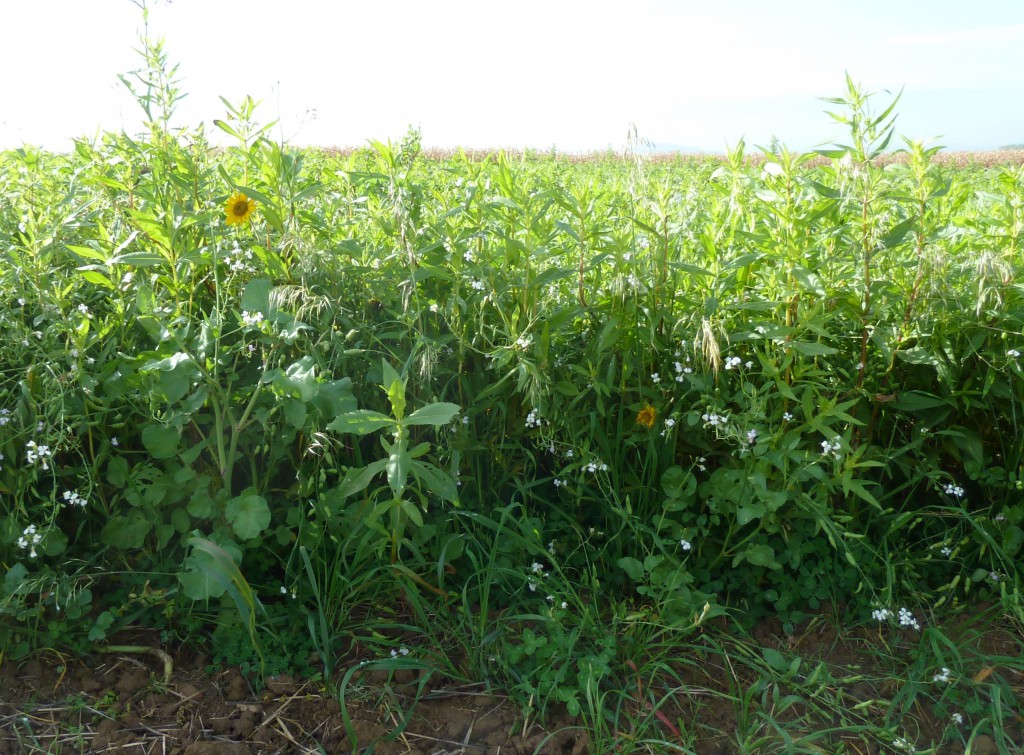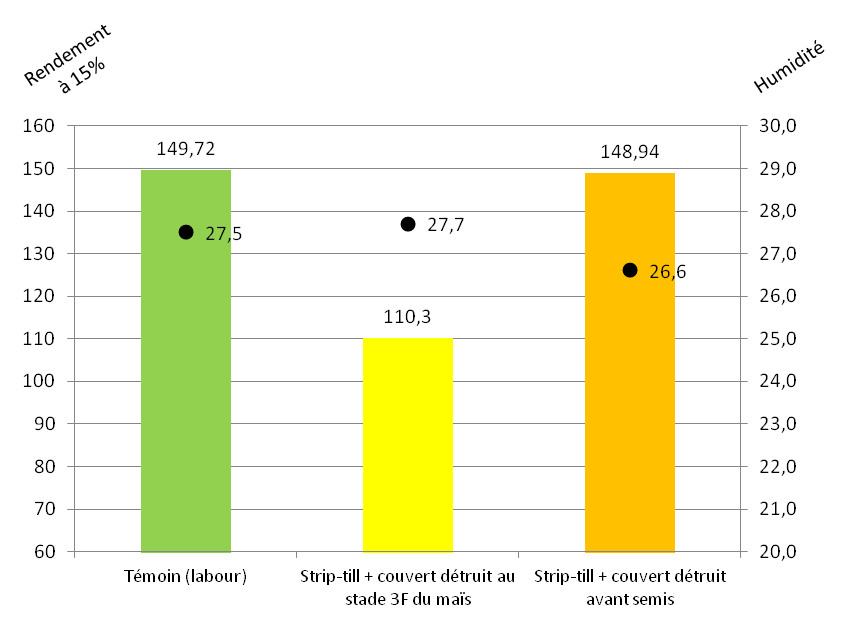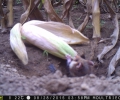Strip-till and plant cover trials
25 mars 2015The Alsace Chamber of Agriculture is a LIFE + Alister partner. The goal of this partnership is a five year experimentation of innovative agricultural techniques for the European Hamster. In 2014, many tests were carried out in order to find solutions to allow plant covers to remain in place for the longest time possible in interculture, thus giving shelter and food to the European Hamster and other various small animals.
Strip-till
Strip-till is an agricultural technical which consists in working on land only on the strip where seeds will be sowed, this forming “strips” of cultivated land on farm parcels.
Several tests in the framework of the LIFE ALISTER Project tested strip-till techniques in a parcel before corn was sowed.
Plant cover in the culture or after harvesting
More than just helping the European Hamster, plant covers during interculture periods are also agronomic tools which improve soil textures and reduce weeds. They also mitigate nitrate losses in soil.
Mixture of radishes, peas, crimson clover, sunflowers, oats and nyger sowed at 47 kg/ha.
Two preliminary trials of “sowing under plant cover” were also carried out. This consists in sowing a plant cover (clover, alfalfa, and mixed plants) in March inside a parcel of wheat, so that the plant cover is already present in the parcel after harvesting.
Dry weather in spring however did not help plant cover development.
Consequently, two other plant cover sowing trials just after the wheat harvest were carried out on other parcels. The goal here was to study the plant covers with a strong biomass production, those able to quickly cover the parcel right after the grain crops were harvested.
Yields obtained were extremely high. The best results were obtains with mixtures of several species and by sowing plant covers directly, which seems to promote a rapid growth from seeds.
In Jebsheim (68), with irrigated corn, the use of a strip-still with early destruction of the plant cover presented yields equalling the “test parcel” in conventional cultivation.However, we noted a smaller yield when the plant cover was destroyed later and when it competed with the first stages of corn or maize development.







